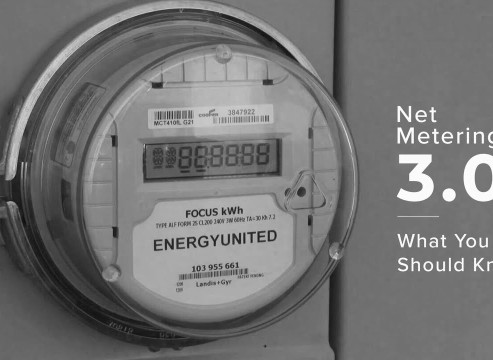
Understanding the Differences Between NEM 2.0 and NEM 3.0
Net Energy Metering (NEM) policies have been pivotal in promoting solar energy adoption across the United States. However, recent changes have introduced NEM 3.0, which brings several key differences compared to NEM 2.0. Let's break down these differences to help you understand how they might impact your solar energy system.
NEM 2.0: The Basics
NEM 2.0, which has been in effect for several years, allowed solar energy system owners to receive credits for excess energy they fed back into the grid at the same rate they were charged for consuming electricity.
This policy made it easier for homeowners to offset their energy costs and achieve a quicker return on their solar investment.
NEM 3.0: What's New?
NEM 3.0, which took effect on April 15, 2023, introduces several changes that impact how solar energy is credited and valued.
Here are the key differences:
Export Rates: Under NEM 3.0, the compensation for excess energy sent back to the grid is significantly reduced.
Instead of receiving credits at the full retail rate, solar customers now receive lower "avoided cost" rates, which can be up to 75% less than NEM 2.0 rates.
Instantaneous Netting: NEM 3.0 implements real-time, or "instantaneous," net metering, where energy production and consumption are measured and credited on a minute-by-minute basis rather than hourly.
This can make it more complex to calculate and potentially less favorable for solar customers.
Grid Participation Charge: A new mandatory fee, known as the Grid Participation Charge, has been introduced under NEM 3.0.
Solar customers are required to pay an additional fee for using the grid's resources and services.
This fee can further reduce the financial benefits of solar energy.
Grandfathering: Existing NEM 2.0 customers are "grandfathered" into the old system for 20 years from their connection date, meaning they will continue to receive the higher compensation rates and benefits of NEM 2.0.
Impact on Solar Customers
The shift from NEM 2.0 to NEM 3.0 means that new solar customers will face lower financial incentives and longer payback periods for their solar investments.
While the policy aims to address grid management and cost concerns raised by utilities, it also makes solar energy less attractive to potential new adopters.
Conclusion
Understanding the differences between NEM 2.0 and NEM 3.0 is crucial for anyone considering solar energy or already invested in a solar system. By staying informed, you can make better decisions about your energy future and navigate the changing landscape of solar incentives and policies.

